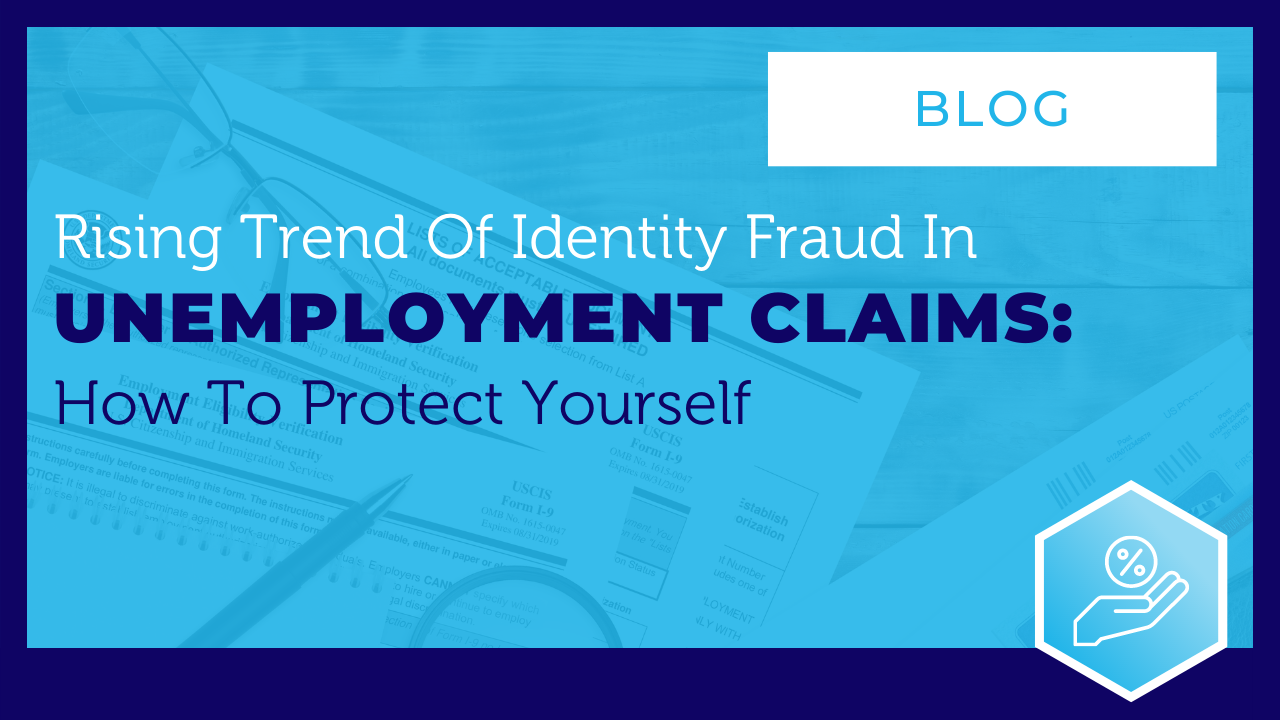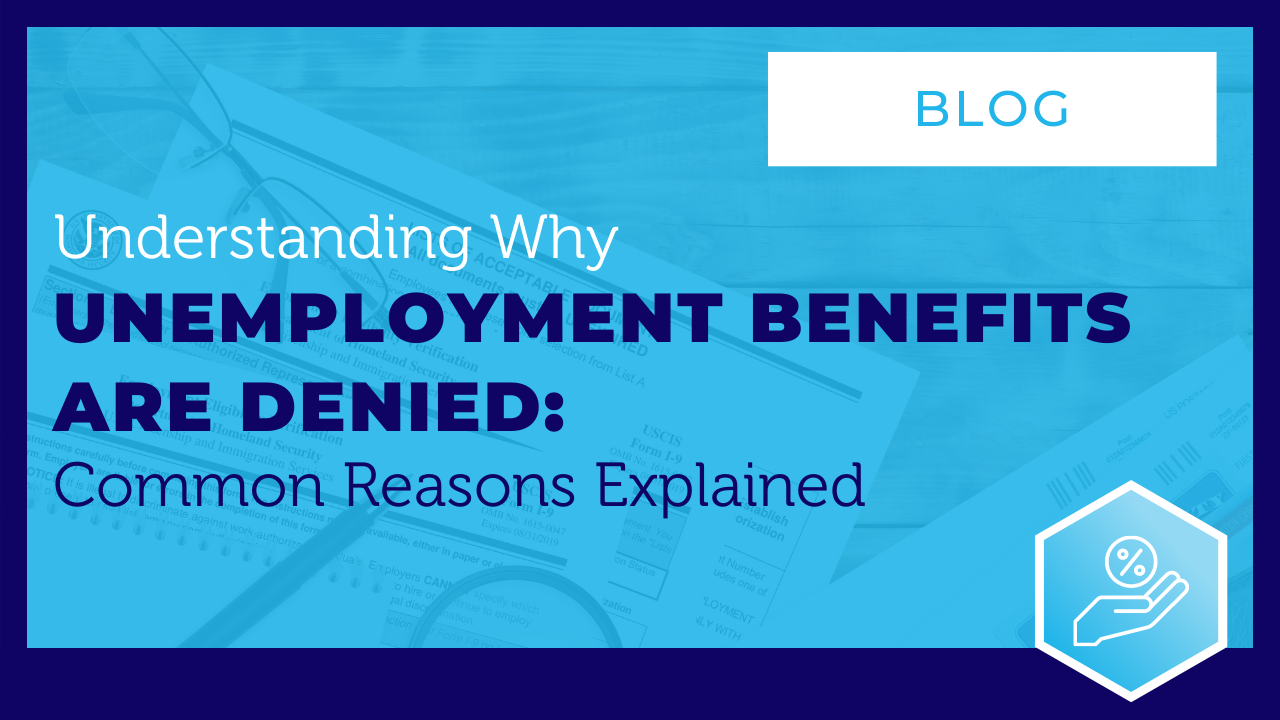Examining the Current State Of Unemployment Analyzing The Recent Increase in Weekly Jobless Claims
The number of Americans filing for unemployment benefits increased beyond expectations. However, the underlying trend continues to indicate a tight labor market. Despite growing economic headwinds from the Federal Reserve's interest rate increases, the jobs market has remained resilient.
Last week, the Labor Department reported that initial claims for state unemployment benefits rose by 13,000 to a seasonally adjusted 196,000 for the week ended Feb. 4. This was the first increase in claims since the second to last week of December. However, the four-week moving average of claims fell by 2,500 to 189,250, the lowest level since last April.
Despite high-profile layoffs in the technology industry, as well as the interest rate-sensitive finance and housing sectors, claims have remained low. This is because most companies, especially in the technology industry, over-hired during the COVID-19 pandemic. Small businesses, on the other hand, continued to seek workers.
There is anecdotal evidence that companies are generally reluctant to lay off workers after experiencing difficulties recruiting during the pandemic. Workers remain scarce in some industries, and there were 1.9 job openings for every unemployed person in December. However, some services businesses in January reported they were "unable to hire qualified labor."
Economists speculated that severance packages were delaying the filing of unemployment benefits claims, while the abundance of vacancies made it easier for laid-off workers to find jobs. Applying the average seasonal factors for the prior two years with the same calendar configuration as 2023 would put claims at 210,000 in the latest week and a four-week average of 200,000.
Nonetheless, this would still be a low reading on claims and indicate that either involuntary separations remain low and/or those who lose their jobs are quickly re-employed elsewhere. The claims report also showed that the number of people receiving benefits after an initial week of aid, a proxy for hiring, rose 38,000 to 1.688 million during the week ending Jan. 28.
Lower layoffs have been a major contributor to strong job gains. The government reported last Friday that nonfarm payrolls surged by 517,000 jobs in January, the most in six months, after rising by 260,000 in December. The unemployment rate fell to more than a 53-1/2-year low of 3.4% from 3.5% in December.
In conclusion, the management of unemployment claims is a critical aspect of the current economic climate. While the rise in unemployment claims may be a cause for concern, the underlying trend continues to point to a tight labor market. The low level of claims is an indication that involuntary separations remain low, and those who lose their jobs are quickly re-employed elsewhere.


